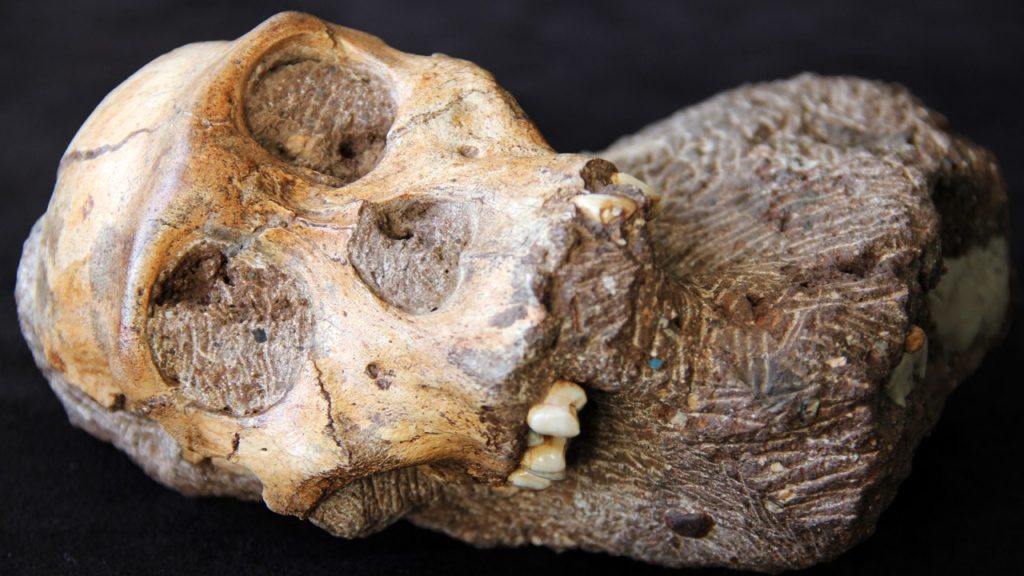
Although our consensus that everyone, so far, has died, sets the beginnings of a universal foundation for Thanatism, if we’re being fair, we must acknowledge that most disagreements about death don’t revolve around whether we die, but rather, what happens to us after we die. As promised, Thanatism won’t ever ask us to use any reasoning that differs from the same reasoning we’d use to make any other important decision, so accordingly, I’d like us to begin the discussion of what happens after we die simply by observing death.
The first thing that makes us suspect something has died (and this by the way, goes for humans, animals, cars, computers, or anything else) is that it stops functioning the way it used to. For humans, we often first suspect a person is dead because they no longer “work”. The person no longer talks, moves, or responds to any stimulus at all. This is the first thing that I think we can all agree happens after we die–we become 100% non-functional.
Of course, we’re all familiar with human states where we stop functioning but aren’t actually dead. Physical or chemical trauma to the brain or central nervous system can prevent us from responding as we typically would. A couple of things separate these non-dead states from death however. The first way to check if a person is dead or just incapacitated are those functions that don’t require conscious action by the possibly dead person, namely breathing and a heartbeat. If these two things seem to be functioning normally, the person isn’t dead. If, however, their heart no longer functions and they are no longer breathing, we begin to suspect the person may be dead. This is the second thing we can agree about us after death–even those functions that are unconscious stop.
This isn’t the definitive test yet though. There have been times in the past where, through some mechanical work like CPR or defibrillation, we can sometimes get a person working again. Although we sometimes refer to the person as “having died”, if they start working again, they are no longer dead. This is the third thing that our ordinary senses tell us happens after death–we stop working permanently.
Now to be fair, we can’t really say this non-functionality is permanent since we haven’t experienced the entirety of the future yet, and it’s technically possible that all these non-functioning humans will start working again at some later date. There are a few things that we can observe, however, that make us doubt this future return to full functionality. First, enzymes begin to break down our cells, which produces gases that fill our body cavities. The next thing this process does is it breaks down our capillaries. This releases the blood that used to be in our veins turning a person varying colors of dead. Finally our muscles stiffen as they run out of oxygen, making our once supple selves stiff.
At this stage there are actually a couple of things that can confuse us though. Occasionally, a person, even if totally dead, will twitch a few times. If this twitching continues indefinitely, the person may actually be alive and we should investigate further. If they are truly dead, however, they will eventually stop twitching. Further, it can appear during this time that our hair and fingernails grow. Growth is a sure sign of life. Unfortunately, this is most often just an illusion. What’s actually happening is that our skin is retracting and therefore exposing more of our nails and hair.
From this point, microorganisms continue to feed, as will any larger carnivores that have access to the body. If the dead person is buried in normal soil, they’ll be reduced to bones in about 8-10 years. Depending on the environment, however, bones can last a REALLY long time. We think we’ve found bones that have lasted up to 300,000 years, but most bones turn to dust well within this time period. A few lucky bones get turned into fossils. Contrary to popular belief, these aren’t actually bones anymore. Fossilization occurs when the organic materials of the bone cells (blood cells, collagen, and fat) dissolve, leaving only a fragile calcium lattice in the shape of the bone. Eventually other minerals fill this lattice, and after about 10,000 years, we get a bone-shaped rock, which we call a fossil.
So what happens after we die? We first stop working. We then get bloated, discolored, and stiff. We then, occasionally do a couple of spooky things like twitch and appear to grow. Ultimately though, we get eaten and eventually dissolve into dust or a bone shaped rock. So far, none of these minerals or bone-shaped rocks have regained their previous form or abilities–not a single one. All of this sets a pretty firm foundation for Thanatism’s claim that death is the end of each of us forever.
